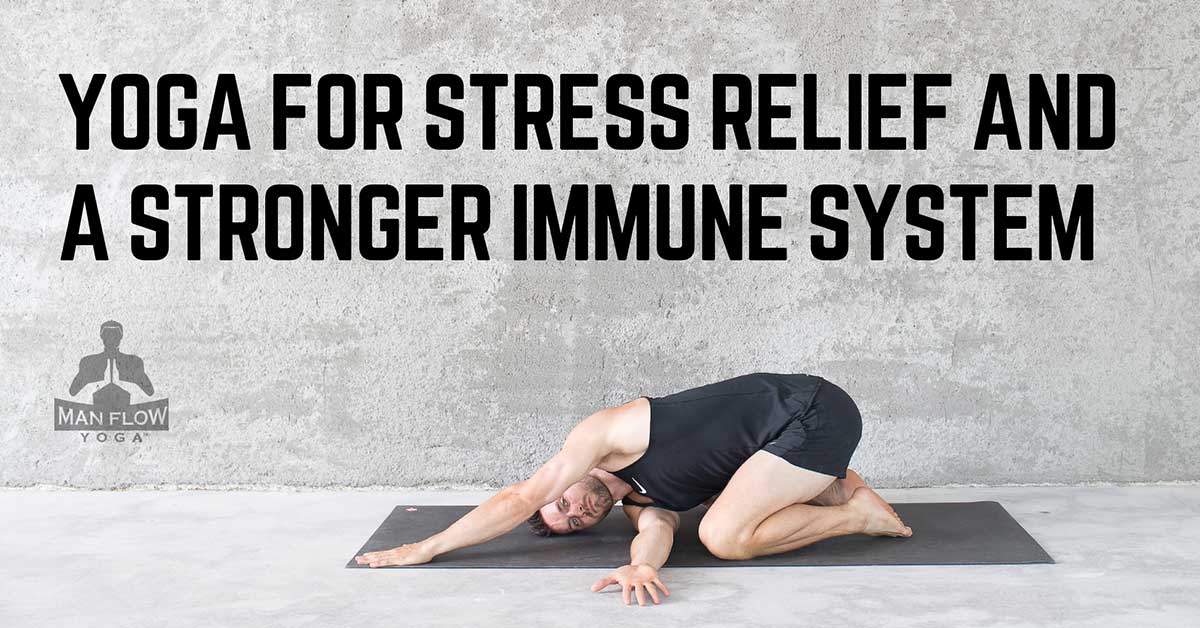In light of the ever-increasing importance of stress relief, I thought it might be interesting to make a blog on yoga for stress relief vs. yoga as a workout, and how they affect your immune system. There are two sides to yoga the workout side and the more calming stress relief focused practice, so which is better for your immune system and overall health?
The answer is both! Both are great for your immune system, but sometimes you’ll need one more than the other. You can best sum it up the differences like this: Yoga as a workout is controlled stress on the body to help you build strength over time, while yoga for stress relief encourages or helps to immediately relieve stress.
And both lead to an improvement in overall mental and physical state due to their concentration on (1) breathing, (2) body awareness, and (3) movement.
There’s a lot of overlap between the two, mainly the immersive (aspects breathing, body focus, and mobility work) and the general end result of a more positive mental state. But there are differences between the energy boost and endorphins you’ll get from an intense flow versus and feeling of calm you experience from a restorative (yin) yoga routine; once you’ve successfully shut off your fight or flight response and have activated the parasympathetic nervous system.
Ready to learn the difference? 🙂 Read on!
Here’s what we’ll cover:
- Yoga As A Workout
- Yoga For Stress Relief
- The 5 Best Yoga Poses For Stress Relief
- How do you know which type of yoga you need?
- Additional Resources
Yoga As A Workout
Let’s start with yoga as a workout. This is a huge part of Man Flow Yoga – taking the idea of (1) a continuously moving “flow” of movements and holds, (2) yoga postures, and (3) the emphasis on breathing, and then adding in relevant bodyweight exercises or isometric holds. Practicing yoga this way, you’re able to build strength, mobility, flexibility, and balance. It can also be quite an intense, challenging workout — even though you’re just using your body weight.
It’s a very effective way to improve overall fitness, while also incorporating the benefits of breathing and body awareness. But with yoga as a workout, the goal is to challenge the body to grow stronger, and while the end result is promoting a sense of calm, in the moment you’re actually doing the opposite — it activates your sympathetic nervous system (fight or flight).
This isn’t a bad thing – quite the contrary. In fact, workouts that challenge you are calculated stress on the body that leads to growth. (More on this below!) But in the moment, workouts that challenge us cause stress, and you might not always want (or need) more of that.
Effects Of Intense Training On Your Health
Activating that fight or flight response is why intense workouts like Crossfit or weight training can actually temporarily lower your immune system response. By breaking down your muscle fibers in this intense way, you stimulate your sympathetic nervous system in a way that leads you to be more stressed – even though you may not feel it due to the endorphins that are masking that discomfort. This, compounded with the stress of everyday life (dealing with sitting at work, sitting in traffic, or even looking at your phone) can ultimately lead you to be overstressed and have a weakened immune system.
This isn’t to say that working out or having an active lifestyle is not helpful for stress relief or your overall health, because controlled stress on the body on a regular basis is actually the best way to build resilience to stress. (You can think of exercise as controlled stress).
Intense exercise also comes with the release of endorphins, those neurotransmitters which our bodies developed in order to reward us for completing the physical exertion required for our survival – and those feel good! Along with those feel-good endorphins, there’s plenty of evidence concluding that an active lifestyle reduces your overall risk of infection and delays immunological aging.
Yoga As A Workout For Overall Health
Unlike intense workouts like Crossfit or weight training, more intensive yoga routines still provide you with the benefits of building a stronger, more mobile, and more coordinated body, but you can also offset temporarily lowering your immune response. Since even with intensive yoga, there is typically a wind-down or cool-down period that aims to relax your stimulated mind.
In a yoga workout, this includes restorative stretching combined with deep breathing, and it’s at this time when we shift from stimulating the sympathetic nervous system to the parasympathetic nervous system; our “rest and digest” response. In this way, even a more intense yoga routine can be beneficial for the immune system.
At the end, we’ve thus given ourselves a natural “buzz” that combines the feeling of stress relief with the endorphins from the exercise itself, which is why you feel like superman when you finish an intense yoga workout.
Yoga For Stress Relief
Yoga specifically for stress relief, on the other hand, works a little differently. Instead of doing an intense yoga flow focused on challenging your body, the goal is to facilitate the simulation of the parasympathetic nervous system — to rest and restore.
We’re still incorporating aspects of any good yoga routine – breathing, body awareness, and immersion in the exercise – but we’re not pushing ourselves to reach a new level of strength or mobility. Instead, the focus is on getting the body to release; to loosen and allow muscle tension to melt away, to “surrender” into the poses your body is resisting.
In many ways, it’s a different kind of strength. It’s the strength of letting go, compared to the strength of resistance, and in many ways it’s actually more challenging than the latter. When practicing yoga this way, the entire focus is on stress relief. By the end of the workout, if you’ve done a good job of allowing yourself to relax, your mind should be quiet, your body shouldn’t be fighting you anymore, and you’ll feel a general sense of relief.
Yoga for Immune Support
Stress accumulated from your everyday life has a negative impact on your immune system, which can make you more vulnerable to diseases, but effectively managing that stress with yoga can help you stay healthier and lower your risk of getting sick. Learning to mentally let go, release tension in your muscles, and thus release tension in your mind can help you have a higher quality of life even through periods of high stress.
The 5 Best Yoga Poses For Stress Relief
These poses are specifically chosen because they allow you to release muscle tension while your body is in a protected position. Keep in mind – these poses are most effective for stress relief when you focus on a combination of (1) slow, controlled breathing, (2) body awareness, and (3) a release of muscle tension.
Exercise 1: Child’s Pose
This is an all-purpose pose to relax your body and release tension in your spine, back, and hips. It’s a great cool down to return your breathing to normal, or a warm up to activate the core, upper back, and shoulders.
- Start on all fours with shoulders over hands and hips over knees. Widen knees slightly wider than hip-width apart, and touch big toes together.
- Shift your hips back toward heels as far as you comfortably can. Keep the torso as long as possible.
- Keeping hips pushed back, walk your arms forward on the floor to stretch your back, and place hands shoulder-width apart.
- Lightly squeeze your arms and shoulders toward one another, and firmly press your hands into the floor.
- Tighten lower abs, and draw ribs in.
- Hold the posture, inhaling to expand your chest and fill lungs, and exhaling to tighten abs and draw ribs in.
Exercise 2: Thread The Needle
This restorative posture stretches the muscles of your shoulders and upper-back, relieves upper-back soreness, and releases shoulder tension. Let yourself melt into the position and focus on your breathing to destress.
- Start in Child’s pose with your knees wider than your shoulders, big toes touching, and hips shifted back toward your heels. Keep arms and torso long.
- Slide your left arm under your right arm between the right hand and right knee, palm facing up.
- Press the back of your arm into the floor, and lightly pull it back to the left to stretch the left shoulder.
- Hold the posture, inhaling as you expand your chest, and exhaling as you deepen the shoulder stretch.
Exercise 3: Lizard
This deep-lunge stretch opens the hips, releases tension in your back, and decreases soreness in the lower body. It also helps reverse the negative effects of prolonged sitting or inactivity.
- Start in Plank with your shoulders over your wrists and your core engaged. Form a straight line from head to heels.
- Step your left foot to the outside of your left hand. Align left knee over the ankle.
- Keep core engaged and hips level. If this movement from plank is difficult, rest your knees on the floor, then step the foot up.
- Lower your right knee to the floor and untuck your toes.
- Shift left foot forward and to the left a few inches until you feel a deep stretch in the right hip.
- Inch your right foot back to extend the right leg as far as you are able.
- Lift your chest. Maintain a flat or slightly arched back.
- Hold the posture, inhaling as you lengthen and lift the spine, and exhaling as you sink hips deeper.
Exercise 4: Pigeon
Pigeon stretches your glutes for faster muscle recovery, releases the lower back, and improves hip mobility. This stretch is one of the most important you can do for your back and your hips.
- Start on all fours with shoulders over your wrists and knees under your hips. Untuck your feet.
- Slide your left knee up to your left hand, and bring the left foot across your body to rest between your right hand and right knee.
- Turn the left hip outward so the inner thigh faces up, and outer thigh faces down.
- Extend toes of right foot back as far as possible, releasing hips toward the floor as you do so.
- Rest hands a few inches in front of the bent leg, using your upper body to help square the hips straight forward.
- Hold the posture, inhaling as you lengthen the chest forward, and exhaling as you sink the hips closer to the floor.
Exercise 5: Reclined Hamstring Strap Stretch
Using a strap allows you to passively stretch the hamstrings for a very effective release. This alleviates lower-back tension, speeds lower-body recovery, and helps prevent soft-tissue injuries of the hips and knees. It’s a must for workout recovery, as well as for desk workers to ease chronic lower-back pain.
- Lie on your back.
- Position a strap on the arch of your right foot, and hold the ends of the strap with both hands.
- Rest your left leg on the floor.
- Keeping the left leg flat on the floor, straighten the right leg.
- Reach the toes of your right foot toward your shin and press the heel up to stretch your calf.
- Engage your inner thighs, and relax your shoulders, head, and back on the floor.
- Slightly tuck chin to keep neck and spine neutral.
- Hold the stretch, inhaling as you maintain the position, and exhaling as you deepen the stretch by pulling the leg closer to your chest.
How Do You Know Which Type of Yoga You Need?
Sometimes you need one type of yoga over than the other. Which one you need more often depends on a variety of personal factors: (1) your overall mood and general disposition, (2) your fitness routine, and (3) your immediate needs. (There’s probably a few more factors involved, but I won’t mention those.)
What IS important, however, is developing the intuition of understanding what your body needs at a given time. If you’re feeling overwhelmed with life, but don’t have the ability to go straight into deep breathing and stretching without feeling restless and uncomfortable, doing a vigorous workout might be more appropriate. That way you can expel excess energy, and move into more restorative or stress relief-focused movement once you’re better able to do so.
On the other hand, anxiety could be caused by an overstimulation of the parasympathetic nervous system, and what your body really needs is movement to facilitate your parasympathetic nervous response. This might be challenging to start, but after a few minutes, it could lead to exactly what your body needs.
Or maybe not. Again, what your body specifically needs is specific to you and your body, and it’s up to you to develop that intuition to understand what it is you need.
Have any questions? Feel free to leave them in the comments section.
Looking for the best way to get started with yoga?
Man Flow Yoga offers on-demand structured programs that complement your lifestyle and schedule – not to mention, they’re beginner-friendly, and you don’t have to flexible or have any yoga experience to join. Click here to try our 7 Day Challenge!
Additional Resources
You might be interested in learning more about restorative practices or just learning how to breathe deeper. Check out these 3 blogs!
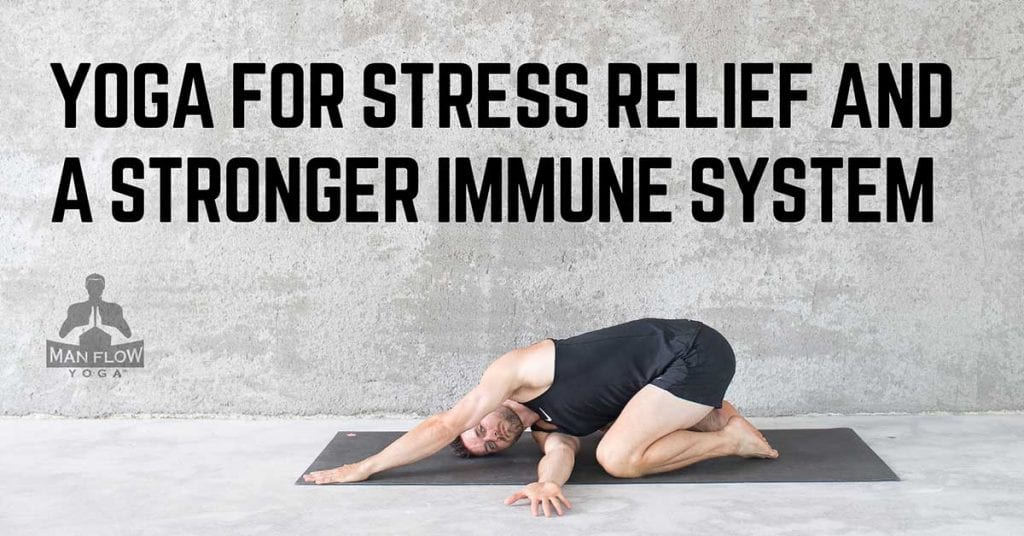
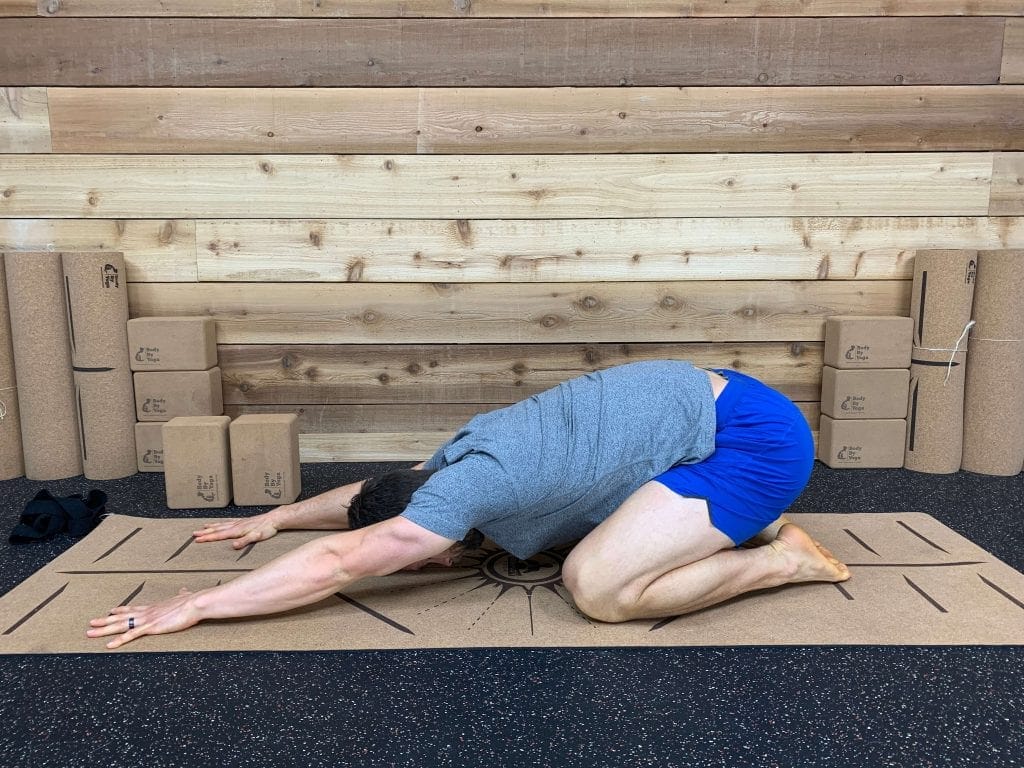
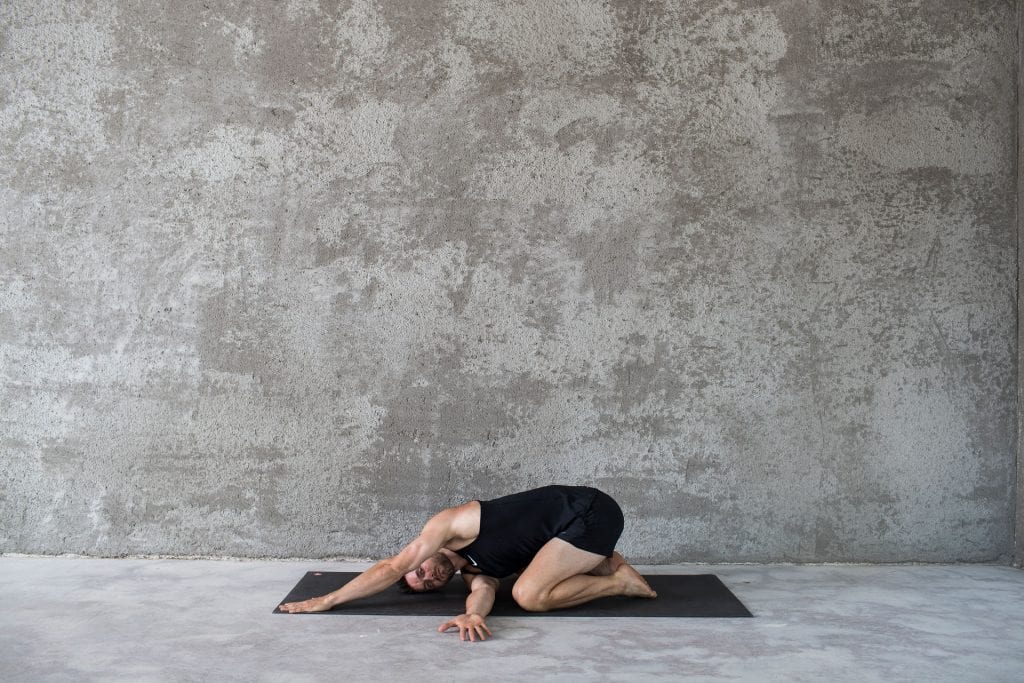
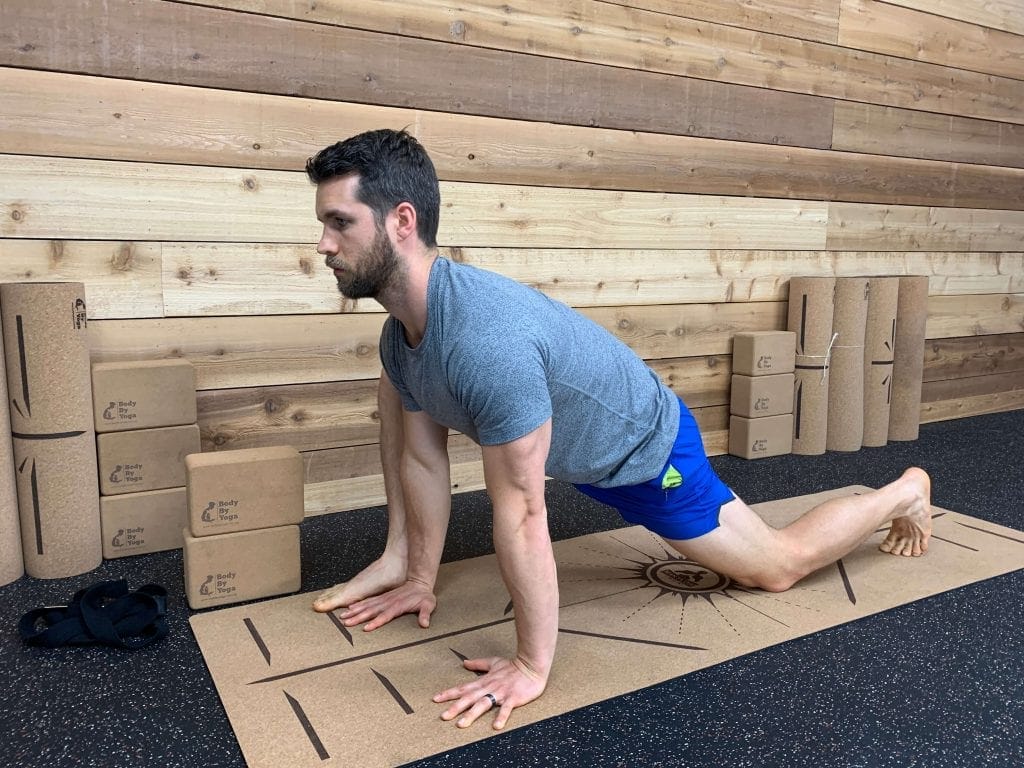
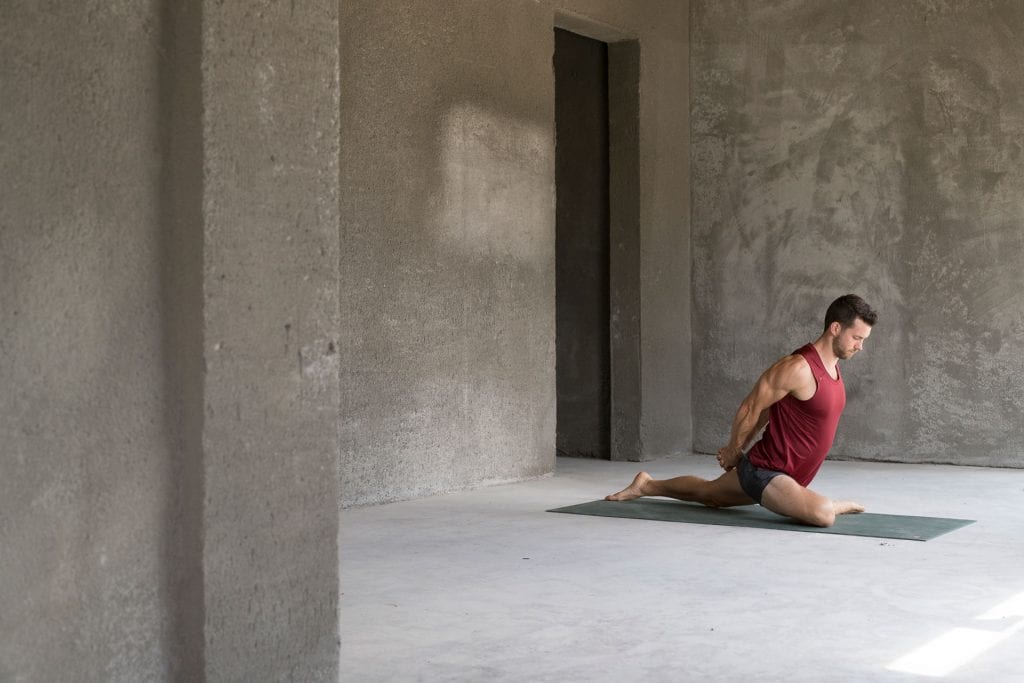
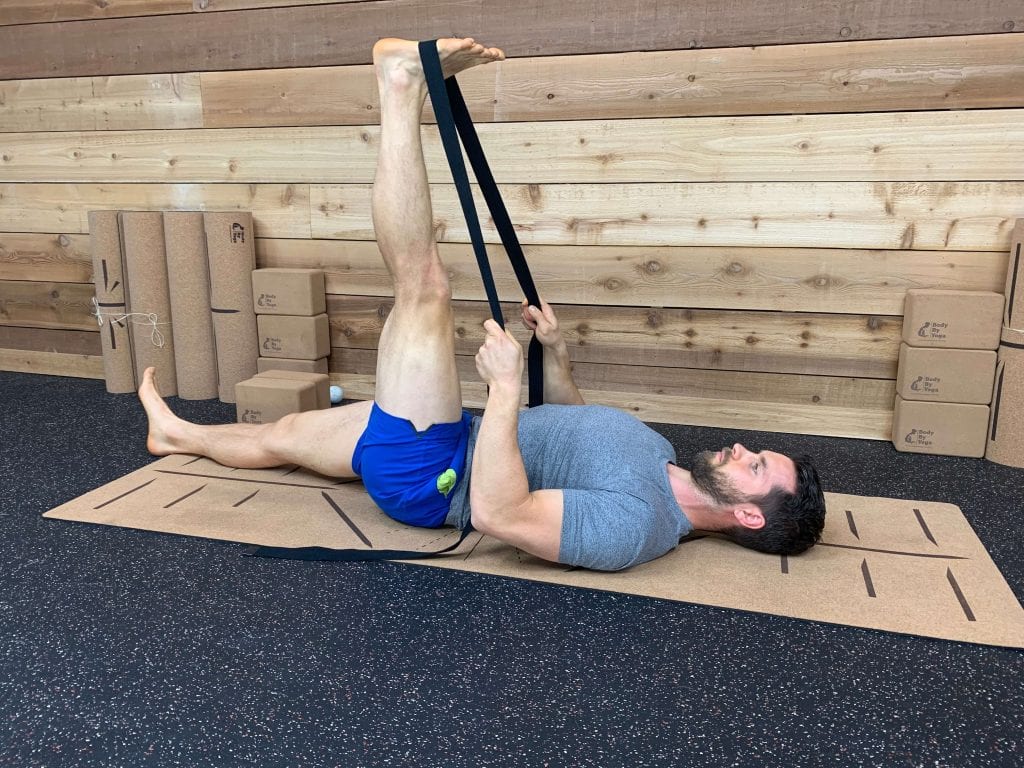
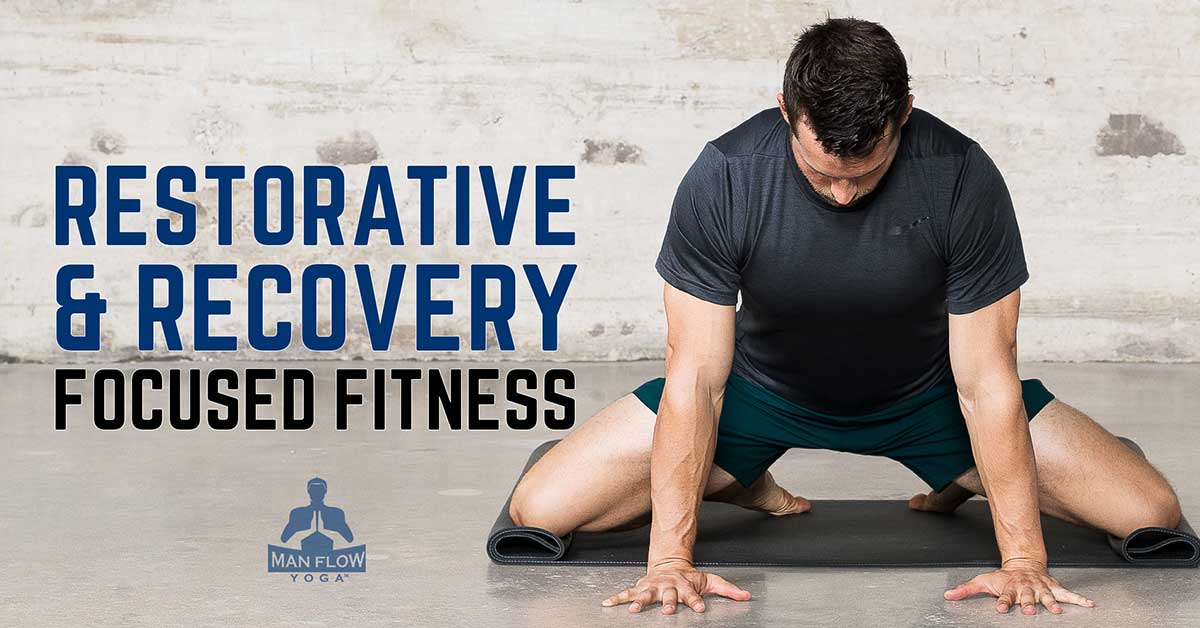

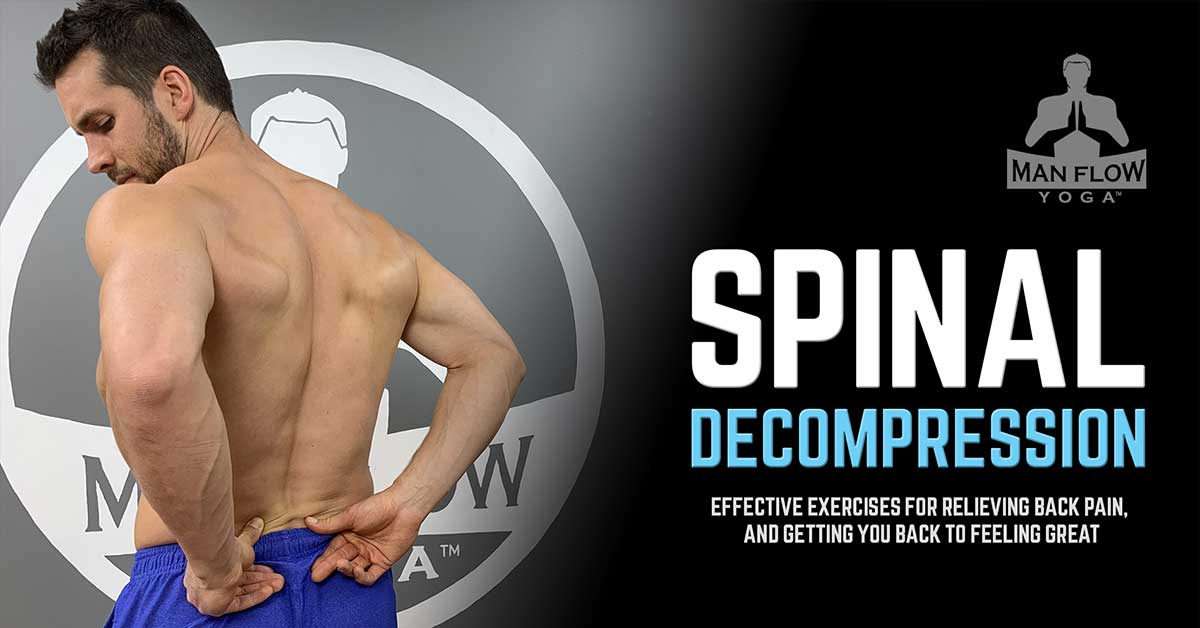
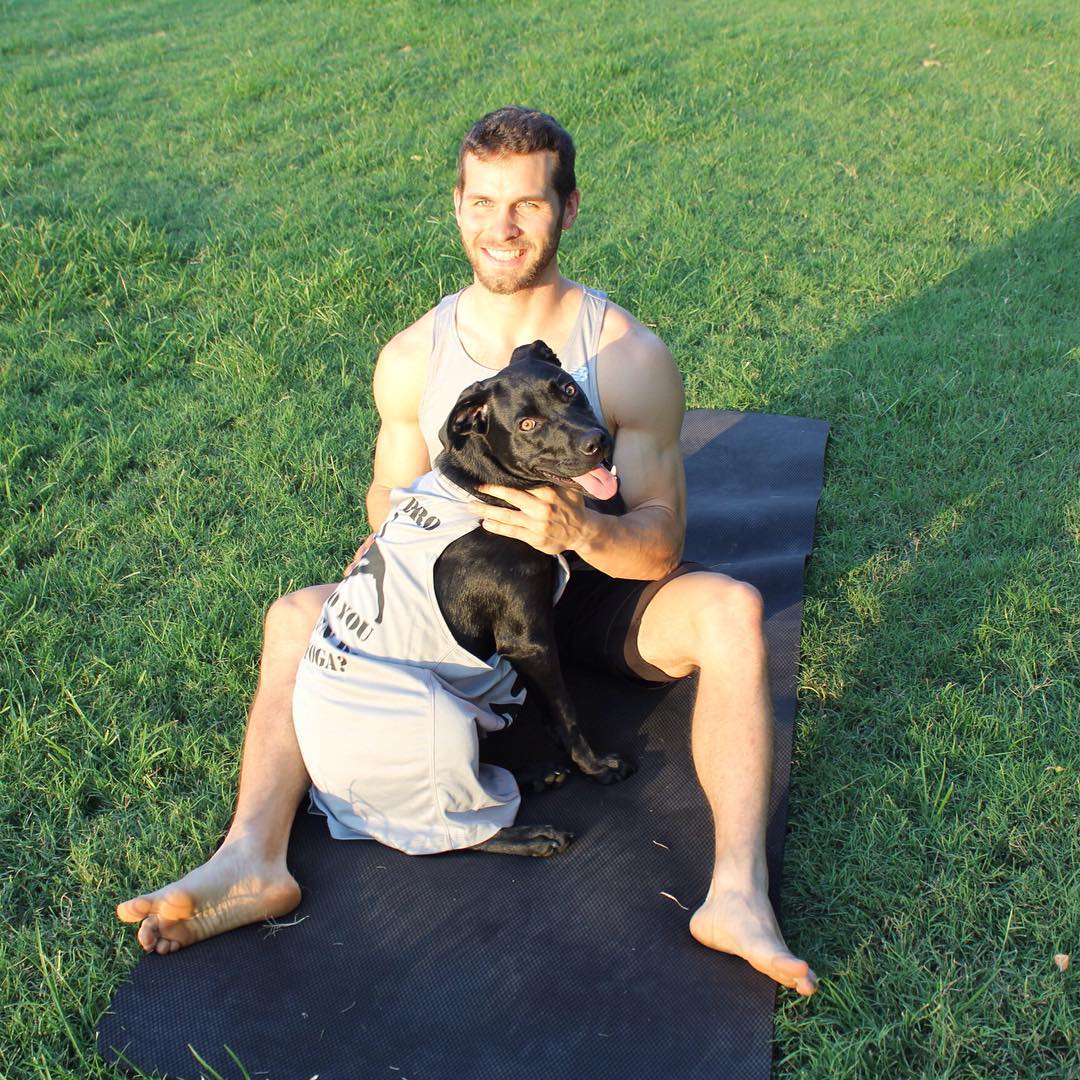 Feb 14 is also the day we got our dog, Tron!
Feb 14 is also the day we got our dog, Tron!